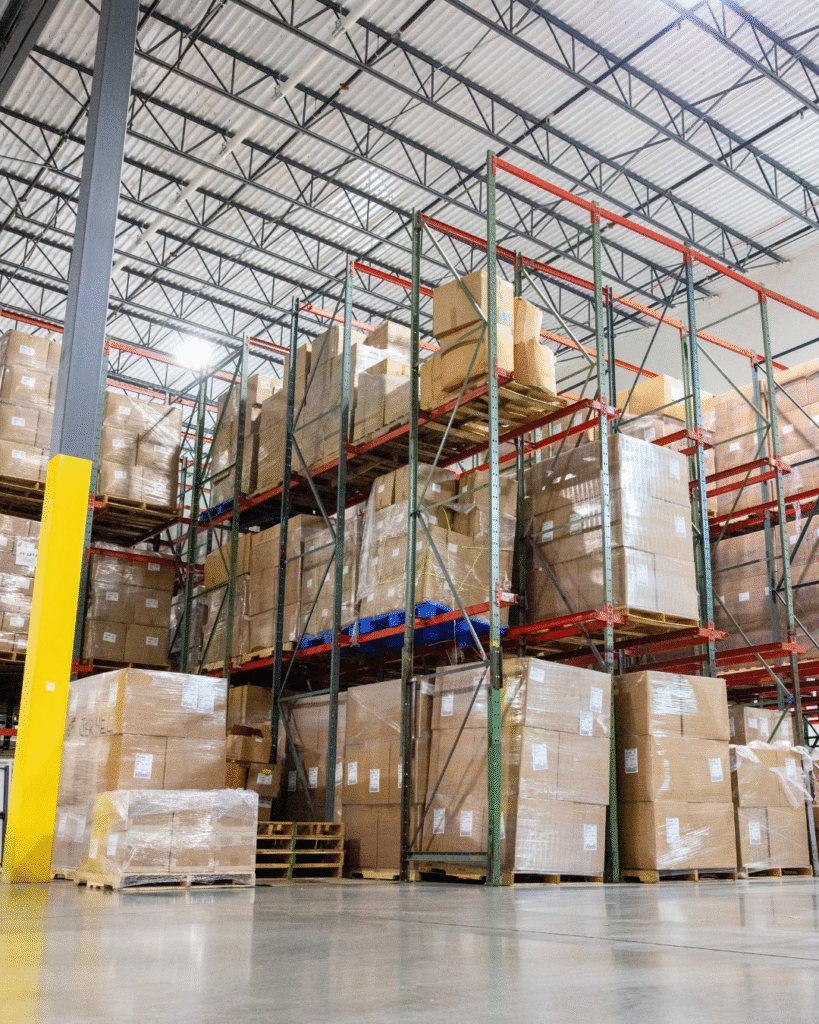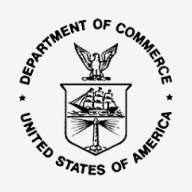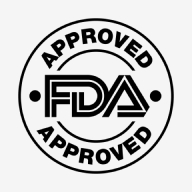In the fast-paced world of logistics and distribution, warehouse safety is more than just a legal requirement; it’s a foundation for efficiency, employee wellbeing, and cost control. A single incident can cause serious injuries, disrupt operations, and increase insurance premiums. With tight margins and growing compliance demands, companies can’t afford to overlook safety as part of their core business strategy.
Whether your operation is small or spans multiple facilities, a proactive approach to risk management and warehouse hazard assessment can help you reduce accidents, stay compliant, and protect your bottom line.

Identifying and Eliminating Hazards Through Proactive Assessment
Effective warehouse safety starts with awareness. Before you can prevent accidents, you need to identify where risks exist. A thorough warehouse hazard assessment is essential for uncovering potential dangers from unguarded machinery and uneven flooring to improper storage practices and inadequate lighting.
Start by evaluating the flow of people, products, and equipment within your space. Forklifts, pallet jacks, and conveyors create high-traffic zones where collisions are common. Employees walking near heavy equipment must have designated lanes and clear signage to reduce confusion and risk.
Beyond mechanical hazards, environmental conditions also play a role. Temperature-controlled areas, poorly ventilated zones, and slippery surfaces can all contribute to workplace incidents. Regular maintenance and inspections are critical for identifying wear-and-tear before it leads to accidents.
Using safety checklists and digital monitoring tools can simplify this process. Documenting each inspection not only supports compliance but also helps build a data-driven view of recurring issues. Over time, this allows management to prioritize investments whether it’s better equipment, training, or facility upgrades that will make the greatest impact on warehouse safety.
Building a Culture of Safety and Continuous Training
A safe warehouse isn’t just defined by its equipment, it’s built by its people. Employees who are trained, empowered, and held accountable are the most effective line of defense against accidents.
Comprehensive training programs should be developed around your warehouse hazard assessment findings. Cover everything from proper lifting techniques and equipment handling to emergency response and chemical spill management. For new hires, safety orientation should happen on day one. For experienced workers, refresher courses ensure that best practices stay top of mind.
To formalize this commitment, many companies pursue warehouse safety certification programs. Certifications such as OSHA 10-Hour or 30-Hour General Industry Training, ISO 45001, or custom internal safety accreditations demonstrate to employees, clients, and insurers that your facility meets or exceeds safety standards. These credentials not only improve morale but can also lead to lower insurance premiums and stronger vendor partnerships.
Encourage workers to report unsafe conditions without fear of blame. Creating an open feedback system where employees feel responsible for maintaining safety reinforces a culture of shared accountability. Recognizing and rewarding teams for accident-free milestones can further motivate participation.
Compliance, Cost Control, and Long-Term Risk Reduction
When warehouse safety becomes an organizational priority, compliance naturally follows. OSHA and other regulatory bodies continuously update standards, and keeping up with these requirements can prevent costly fines or shutdowns.
In addition, insurers closely evaluate a facility’s safety record when determining premiums. Businesses that demonstrate strong safety practices backed by documented training, incident tracking, and warehouse safety certification often qualify for more favorable insurance rates. Reducing incidents not only saves on direct costs like workers’ compensation claims but also minimizes downtime and protects company reputation.
To maintain consistency, schedule regular third-party audits and safety reviews. These provide an external perspective and help validate your compliance efforts. Coupled with continuous improvement initiatives, these audits ensure your warehouse evolves with new technologies and best practices.
Finally, remember that safety isn’t a one-time investment, it’s an ongoing process. As equipment, layouts, and staff change, so do your risk factors. Continuous improvement ensures that your safety systems stay effective and responsive.
Building a Safer Future with Expert Support
A commitment to warehouse safety pays dividends in employee wellbeing, operational efficiency, and reduced insurance costs. Through regular warehouse hazard assessment, ongoing training, and pursuit of warehouse safety certification, your business can create a safer, more compliant environment that supports growth for years to come.
At Accem Warehouse Inc, safety is at the core of everything we do. With decades of experience in warehousing, logistics, and distribution, our team helps clients implement smarter, safer, and more efficient storage solutions. By combining operational excellence with a culture of safety, we help businesses minimize risk and maximize reliability across every square foot of their operations.


